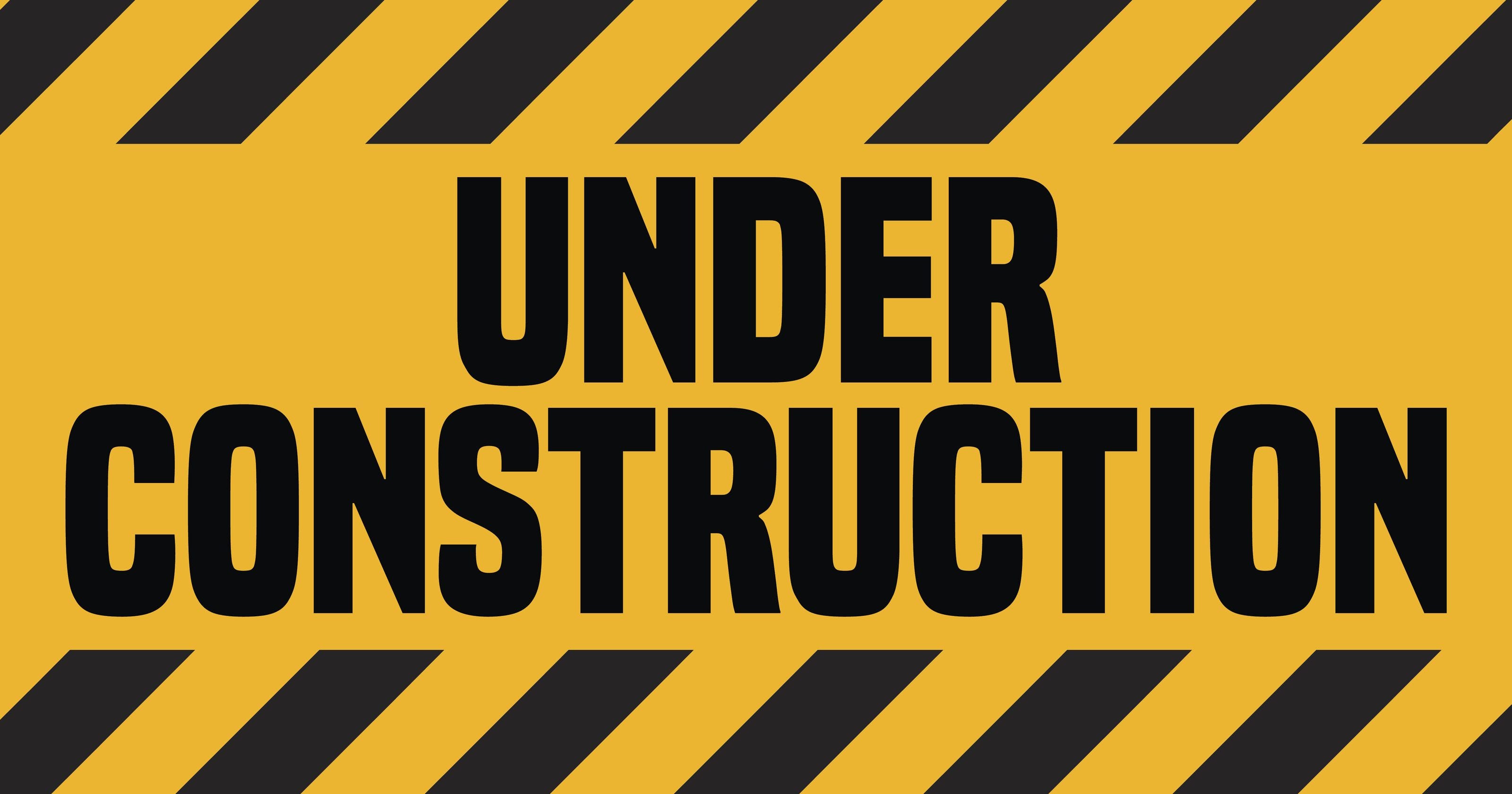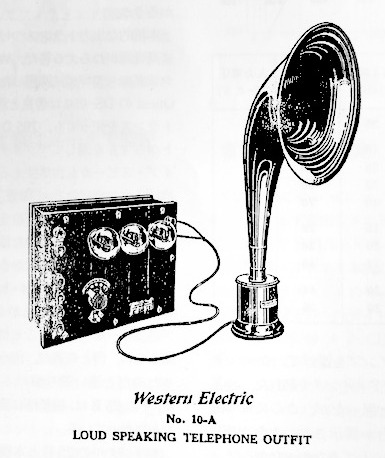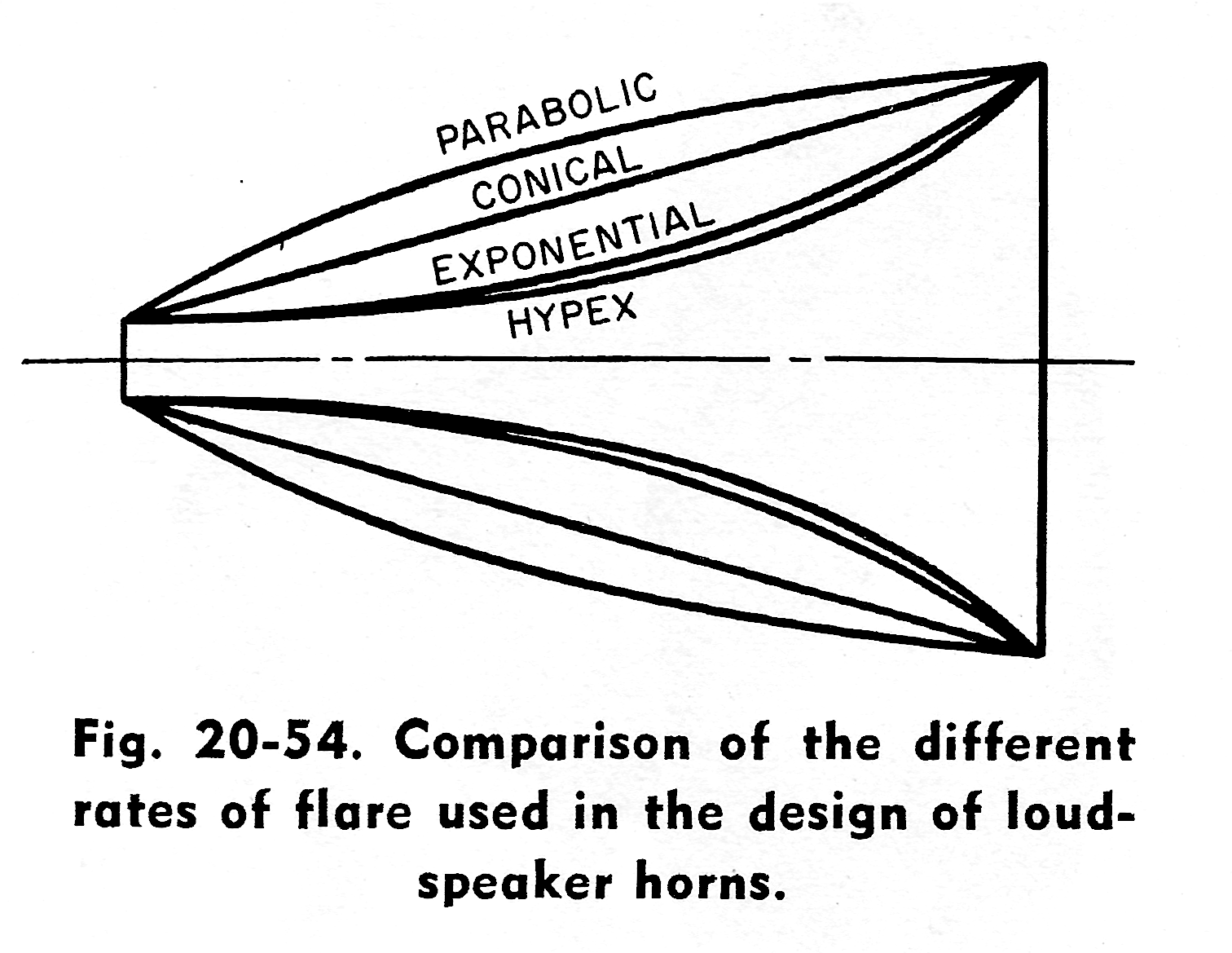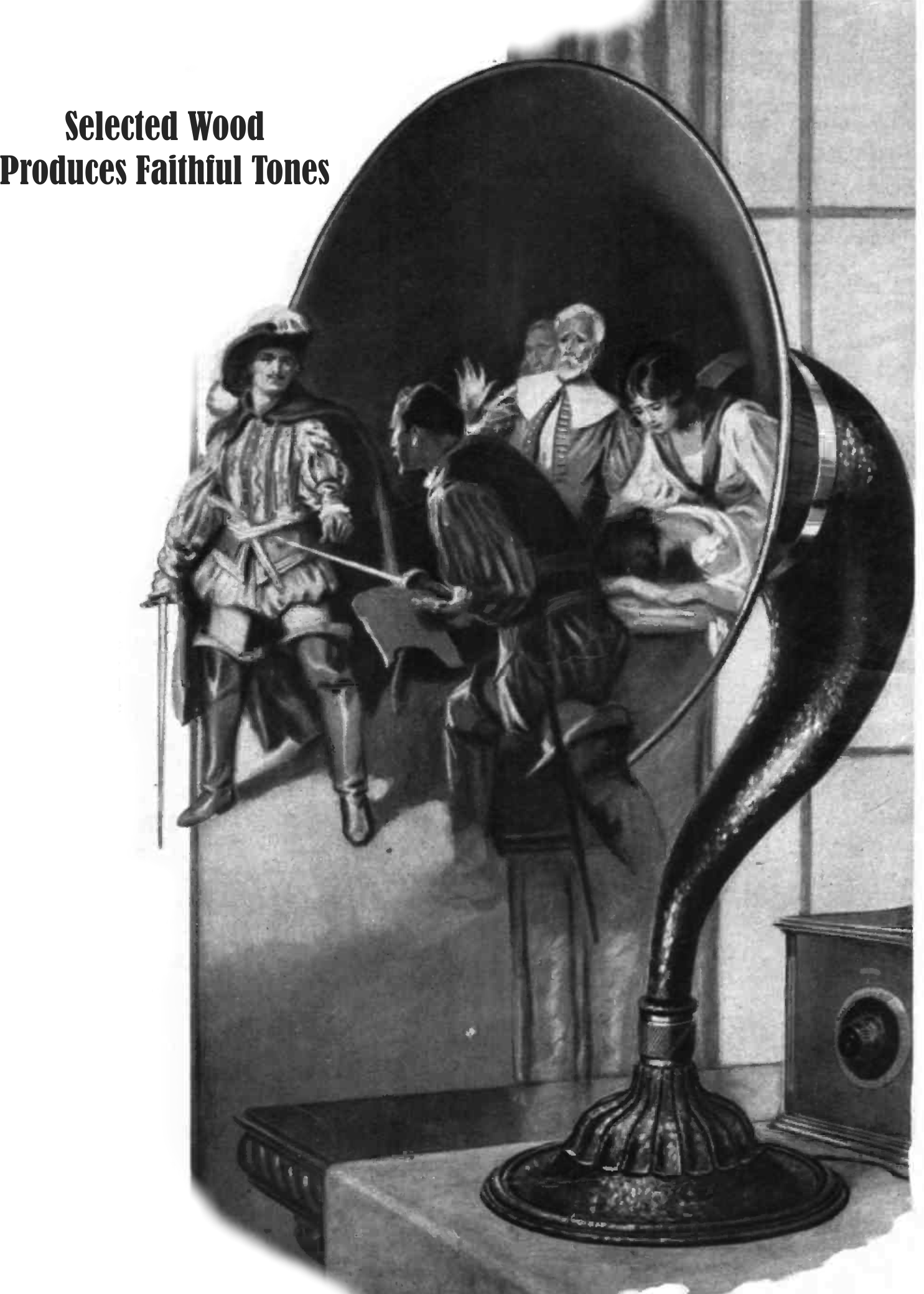
Background
This started back in the mid '90's, when I built the prototype for this high-performance crystal set. I discovered I could hook it to a 1920's horn speaker, and comfortably listen to WOR, 50KW, 40 miles away. (WOR's directional antenna pattern shows a minor lobe in my direction.)
I took this rig along to the Antique Wireless Association Conference, and set it up in the flea market with a modest antenna. 50KW WHAM was only 4 miles away, so passersby could listen 10 feet away despite the ambient noise.
Later, I installed a sound-powered telephone element into an Atwater-Kent Model-L horn. That was good for at least a 10 dB improvement in output. I'm listening to this speaker connected to my Jersey City set, as Im typing. Minus 22 dBm (about 7 micro-watts) provides comfortable listening for my old ears. (My apologies if you wasted 20 minutes on that linked video.)
Anyway, speakers on crystal sets are interesting. It's magic: all the energy comes out of the Ether. If you only want to make a little noise just gin something up. However, proper horn design is a little complicated. I see a lot of questionable stuff on the Web. For instance, if you make something that's shaped like a classical horn, but one third the size, the low-frequency cutoff will be three time as high, like right in the middle of the voice frequency range.

- Horn speakers were used with early radios because of their high efficiency.
- Audio amplifier output power was at a premium.
- Early horns were usual conical in shape, with an extra flare at the end.
- The
sound was not great.
The exponential horn came into favor because of its flatter frequency response yielding more natural sound.


The
flare shape of the horn
greatly effects its frequency response.

- Throat resistance is proportional to frequency response.
- Note the abrupt roll-off at the low frequency end.
- 1920's
table-top speakers typically have little response below 200
Hz.
Size Matters
| Cutoff Freq. | Diameter Doubles every |
| 64 | 12 inches |
| 128 | 6 inches |
| 256 | 3 inches |
| 512 | 1.5 inches |
| 1024 | 0.75 inches |
